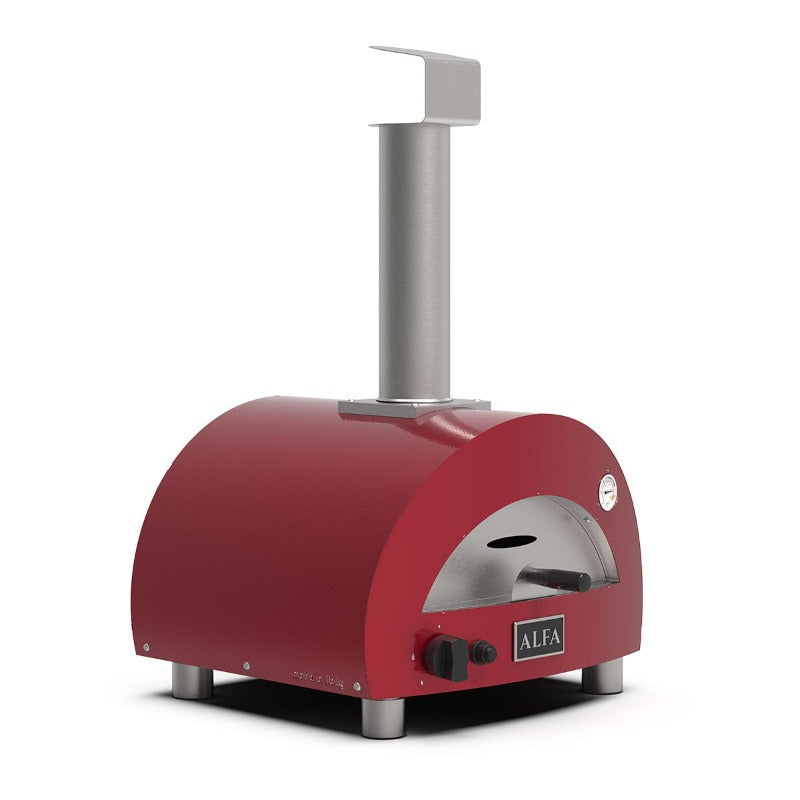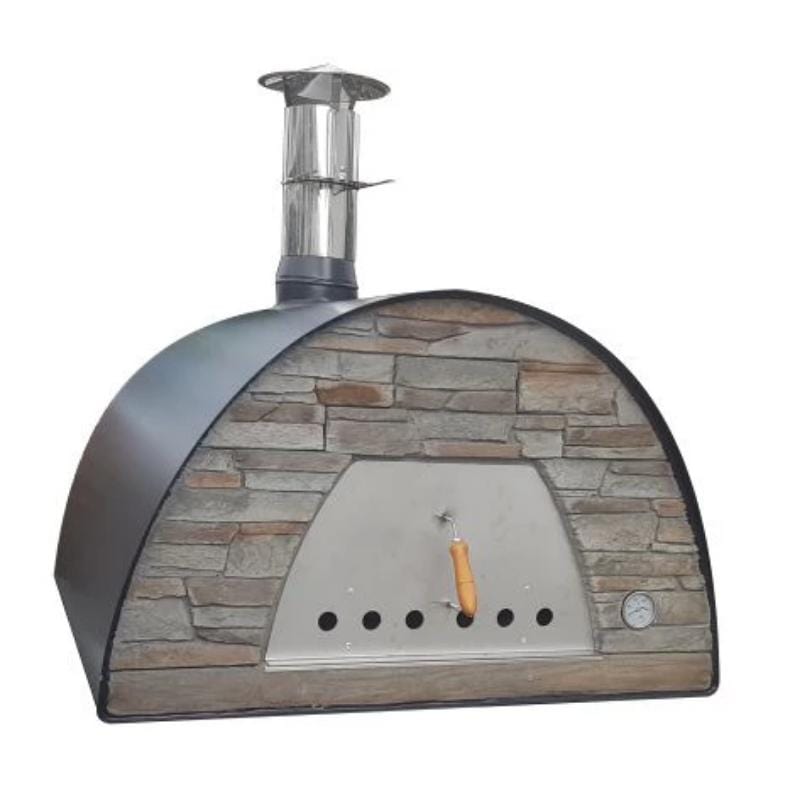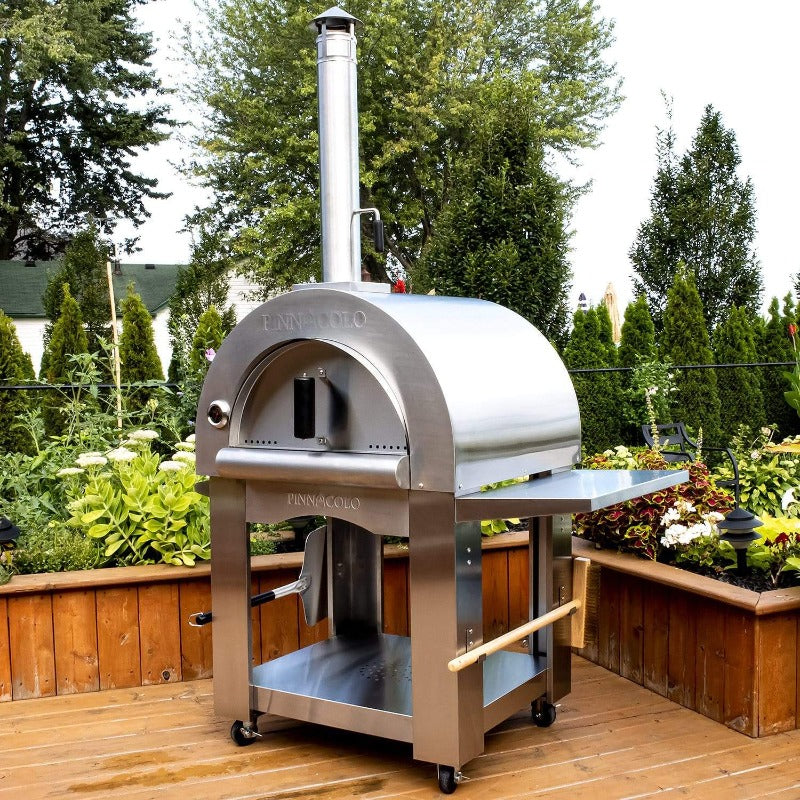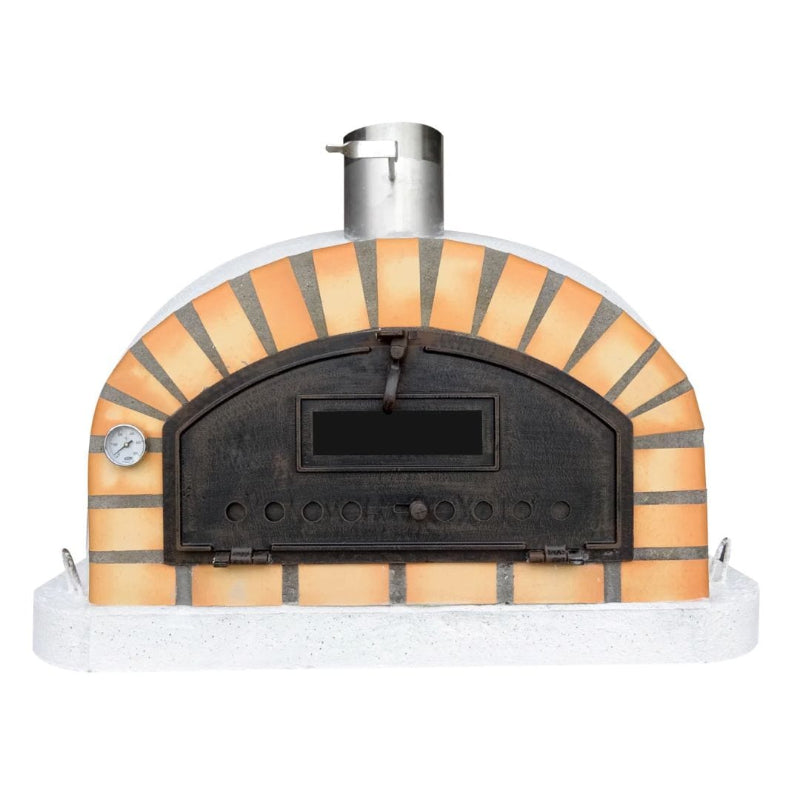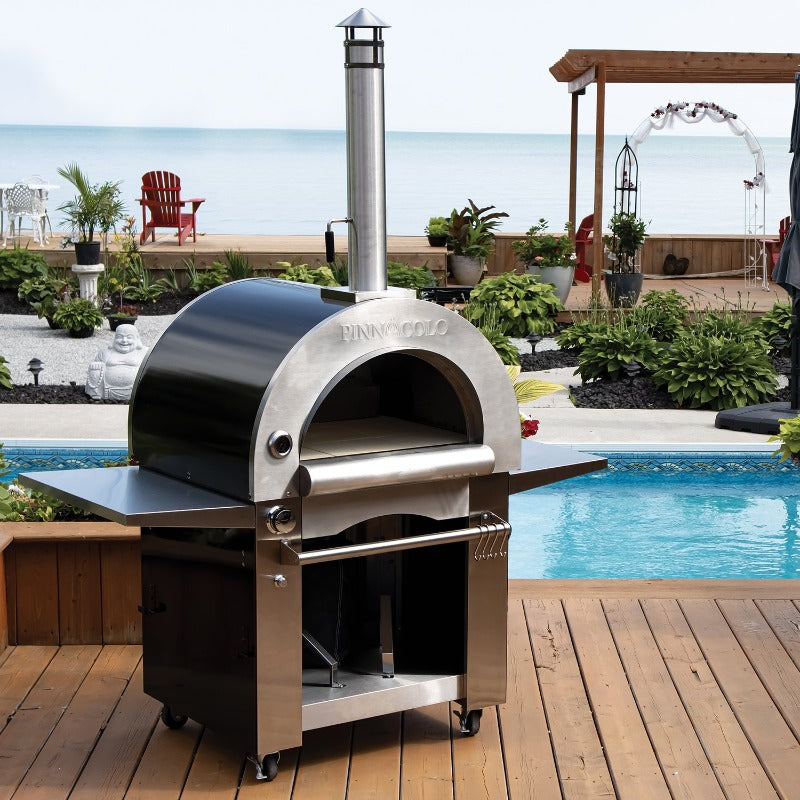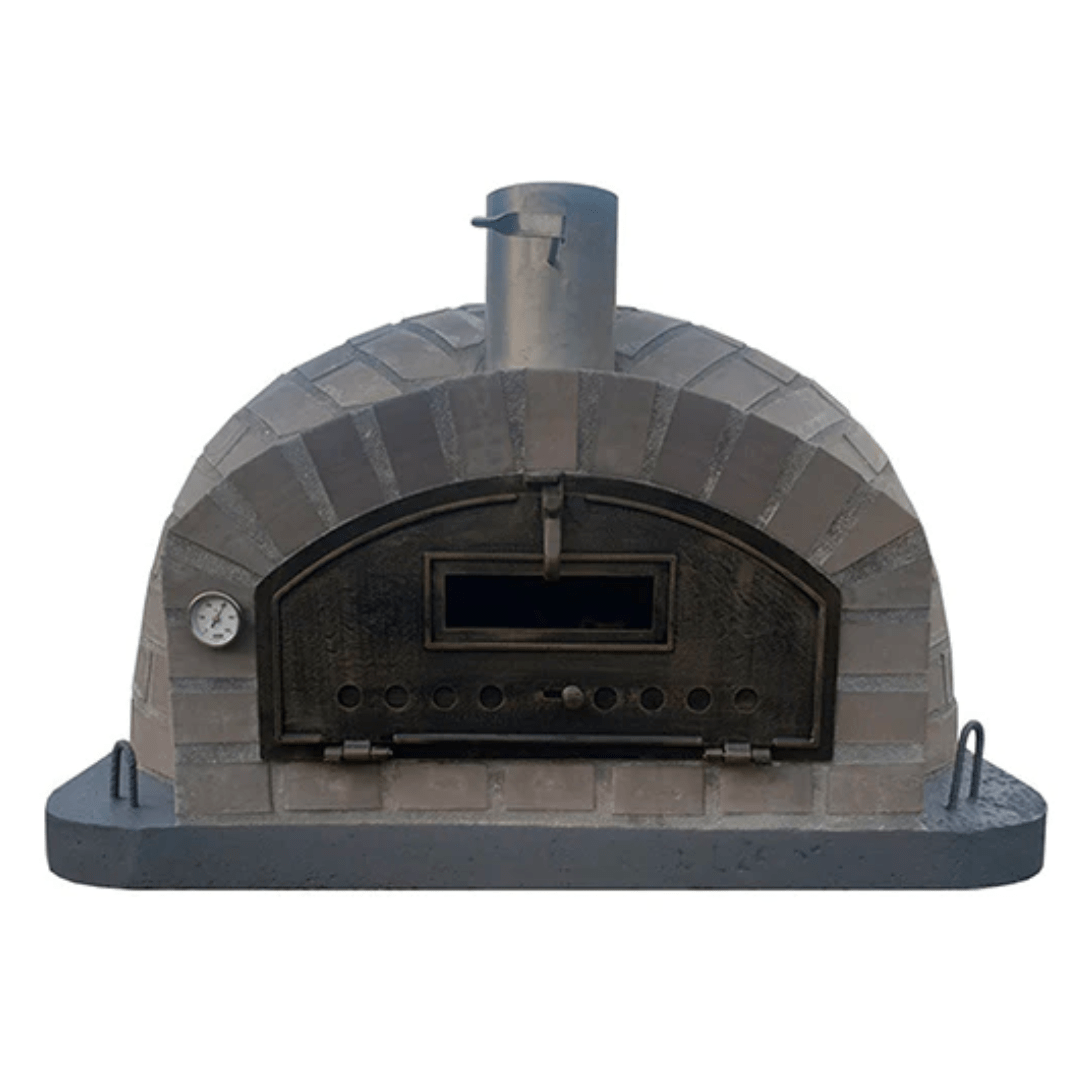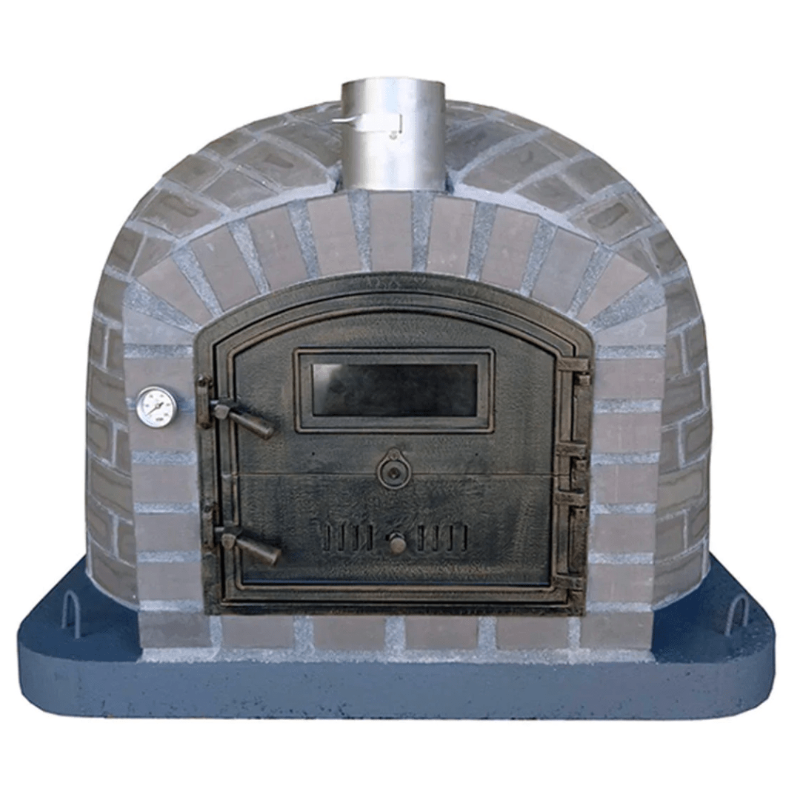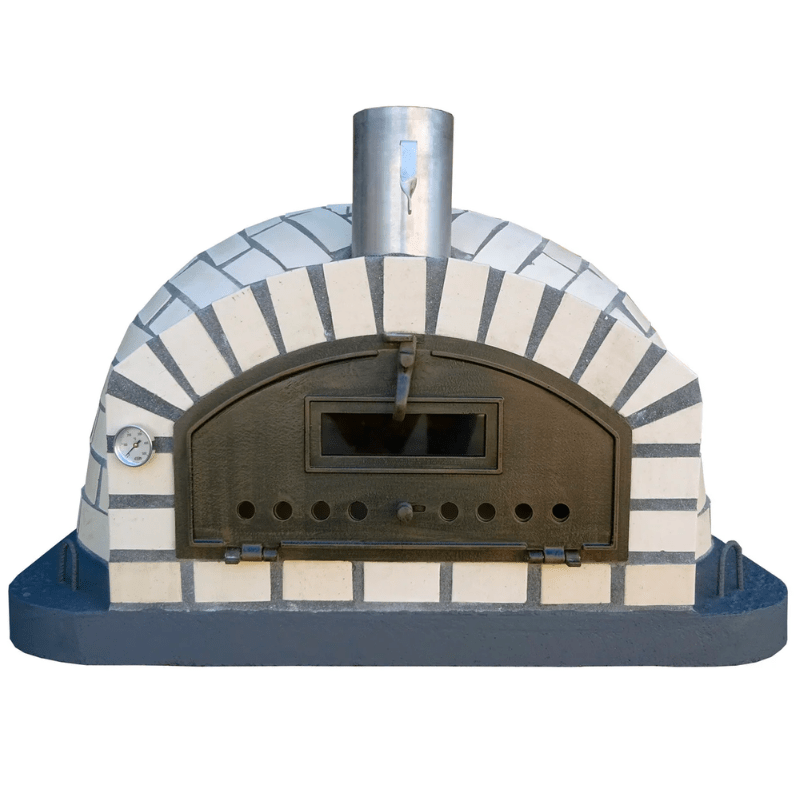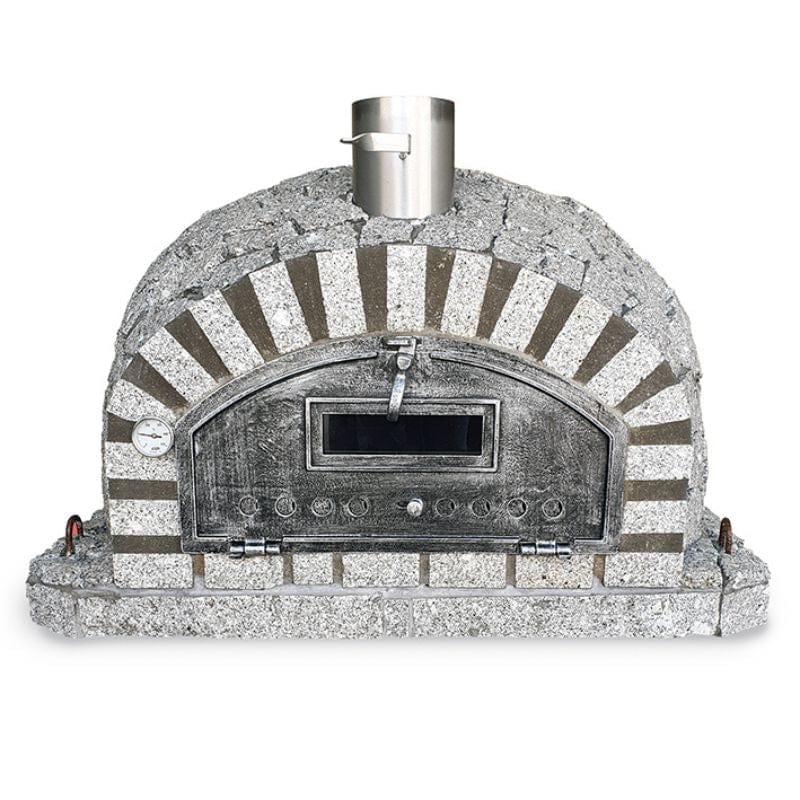Imagine a tranquil evening in your backyard with the stars overhead and the inviting scent of a freshly cooked meal filling the air. You aren't merely grilling on a barbecue; you're crafting a culinary masterpiece in your new outdoor cooking area, transformed from an ordinary garden shed.
Transforming your garden shed into an outdoor cooking space elevates your living experience and stands as a testament to innovation and efficient space use. Whether for summertime barbecues or cozy gatherings, this area will be the focal point of many memorable moments.
- Understanding Your Outdoor Shed
Before diving into this project, familiarize yourself with the outdoor shed space you'll alter. What may seem like merely a storage spot holds vast potential. Begin by taking precise measurements of its length, width, and height to gauge what appliances and furniture will fit.
Assess its current condition. Are there leaks when it rains? Do the windows and doors seal properly? Knowing this is vital since food and appliances require a dry environment free from potential mold growth.
Consider its location relative to your main house. If it's a bit removed, think about extending utility lines. For sheds closer to the house, contemplate visual enhancements to harmonize the appearance of both structures. If you're yet to invest in a shed but want to, you can see a variety of outdoor Sheds online to find the best one to suit your space.
- Designing The Layout
A kitchen's functionality often relies on the concept of the 'kitchen triangle,' which emphasizes the efficient positioning of the stove, sink, and refrigerator.
Think beyond just cooking. Remember that this area will also be a place for socializing. Dedicate space for dining or relaxation, ensuring guests can mingle without getting in the way of your cooking.
Factor in weather considerations. Is there a section that gets particularly hot in the afternoon sun or one more exposed to rain? Considering these factors ensures a design that works in all weather conditions.
Selecting The Right Appliances
The essence of your cooking space lies in the appliances you select. Given their outdoor placement, prioritize durability. Opt for weather-resistant appliances designed for outdoor use.
Align your selections with your culinary preferences. If baking is your passion, consider an outdoor oven, while those fond of barbecues might lean towards a top-tier grill.
Additionally, consider energy efficiency. Appliances that conserve energy might have a higher initial cost, but they save money and are more environmentally friendly over time.
It is important to keep your appliances covered just in case they breakdown. A home warranty can help with covering the appliances you have, so that you are not paying out of pocket. There are a myriad of home warranty benefits that are appealing to homeowners who want to ensure that their home remains safe.
Weatherproofing And Insulation
To ensure durability, protect your cooking space from the elements. Start with insulation, which is especially important for temperature-sensitive equipment like refrigerators.
Choose flooring that's both easy to clean and non-slip. Materials like concrete, tiles, or natural stone offer a good blend of water resistance and ease of maintenance. Consider additions like awnings or roll-down screens for added protection against unpredictable weather.
Storage Solutions
Regardless of design, ample storage is essential. Enclosed cabinets are vital for protecting against dust and pests in the outdoor setting. Choosing robust materials like stainless steel or treated wood can help prevent any critters. However, pests aren't something that can always be prevented on your own so it's important
to choose a good pest control company to take care of the situation professionally.
In-cabinet organizers can amplify efficiency. Think about pull-out trays, hooks, and dividers. A pegboard for hanging utensils is a practical addition, but remember to keep items clean and dry after each use.
Illumination And Ambiance
While basic lighting is crucial, creating the right ambiance enhances the overall experience. Ensure prep and cooking areas are well-lit, ideally with adjustable brightness settings.
For creating a mood, think beyond mere brightness. Soft lighting, perhaps with color variations, can set the perfect tone. Explore options like string lights, lanterns, or even embedded LED lights for a modern touch.
If your garden shed lacks natural light, adding windows or even a skylight can brighten the space during the daytime and offer a unique nighttime perspective. In addition to this, you might want to look at how you can illuminate the path to the shed with landscape lighting. You can find services who provide this by going online and searching key phrases such as "landscape lighting near me", for instance, to get who you need.
Utility Connections
The functionality of your cooking space largely hinges on proper utility connections, including gas, water, and electricity. For gas, decide between a natural gas line or portable propane tanks. Natural gas offers a steady supply, but propane tanks might be easier to install and more flexible.
If incorporating a sink in your garden shed, contemplate its water source. Will you link it to your main home supply, or is a separate source necessary? Concerning electricity, it powers numerous operations, from lighting to running appliances.
Opt for weatherproof, grounded wiring, and think about outdoor sockets for versatility. Engage qualified professionals for these installations to ensure safety and adherence to local standards.
Safety Measures
Safety is paramount. Clearly mark cooking zones to guide guests away from potential hazards. Regarding fire safety, having an accessible fire extinguisher is essential, and adding a smoke detector could provide an extra layer of protection.
Prioritize slip-resistant and durable flooring materials. If children often visit your space, consider measures to keep them safe.
Ideas include fencing or gating the cooking area, safely storing harmful chemicals, and keeping sharp tools out of reach. Always maintain an emergency action plan with a stocked first-aid kit and critical contact numbers.

- Incorporating Greenery
The charm of an outdoor cooking area lies in its ability to blend with nature. Envision a setting where you can pick fresh herbs like cilantro, parsley, or chives right when needed. Complement these with flowers like marigolds, which beautify the surroundings and deter pests.
If space is limited, look upwards. Wall-mounted planters offer a novel solution, accommodating various plants without taking up ground space. A delightful feature could be water elements: picture the serenity of a koi pond or an essential birdbath, adding dynamic visuals and attracting local birds.
Comfortable Seating
Seating is pivotal in bridging cooking and relaxation in your garden shed. Whether you prefer formal dining or casual seating, select weather-resistant materials like teak, resin, or metal.
Placement is key. While guests should be near enough for interaction, they need to be safe from heat and open flames. A bar counter might be a perfect solution, allowing guests to chat without hindering your cooking. For adaptability, consider movable seating options suitable for various occasions.
Entertainment Amenities
This space is meant to entertain. Envision a system where you can switch between calming jazz for a serene dinner and upbeat tunes for a lively brunch, all through a specialized outdoor sound system.
For those who enjoy television, a strategically placed, weather-protected TV can be transformative. Place it in a spot shielded from direct sunlight and rain. To keep guests engaged, think of integrating lawn games.
Games like cornhole or giant Jenga, stored away when not in use, can be excellent entertainment during gatherings. Lastly, consider interactive cooking elements: a pizza oven for guests to create pizzas or a marshmallow roasting station for delightful interactions.
Personal Additions
Ensure that your garden shed mirrors your character. Choose a theme that resonates with you, be it a Mediterranean setting with blue and white tones or a rustic environment dominated by wood.
Have travel souvenirs or distinctive artifacts? Incorporate them. These personal touches craft a genuinely welcoming and unforgettable ambiance.
Conclusion
Crafting a cooking area from a garden shed is an exciting transformation, reshaping both the space and your outdoor engagements. You'll sculpt a heartwarming culinary and social hub by familiarizing yourself with the shed, tailoring your design, and emphasizing safety and personalization. Imagine a place in your backyard where every gathering becomes an unforgettable experience.



